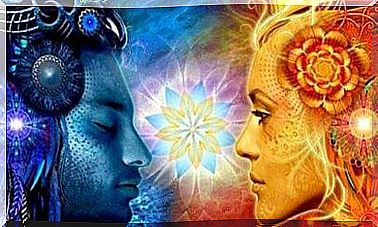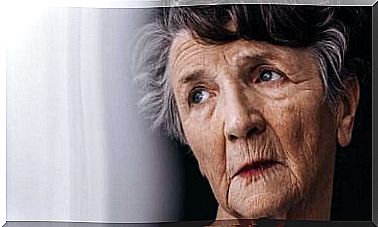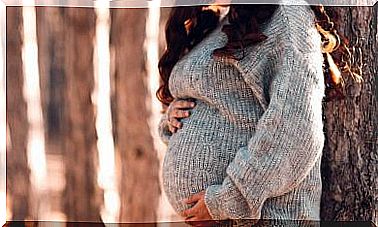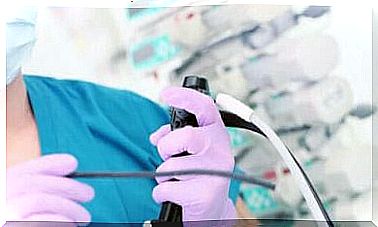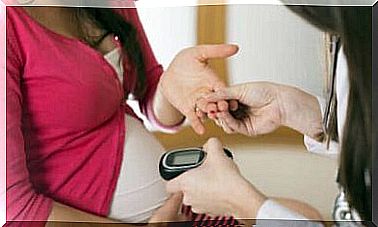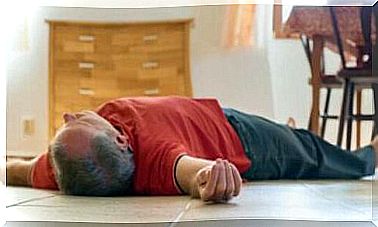Epilepsy: What Is It And How To React?
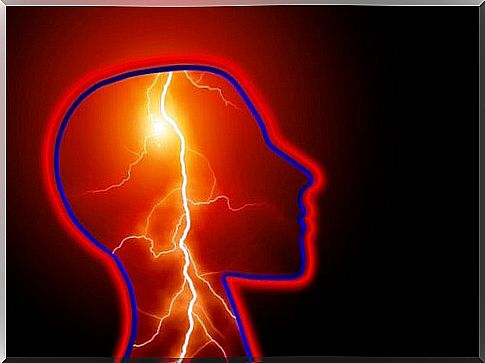
Believe it or not, 3% of the population will suffer from at least one epileptic seizure at some point in their lives. It is therefore a fairly common disorder. It is actually the second most common neurological cause of people going to the emergency room.
Below, we will explain what an epileptic seizure is and how a person can be kept safe until the seizure ends on its own.
What is an epileptic seizure?
By definition, an epileptic seizure is a series of different symptoms, some of which can go unnoticed and others manifest as what is known as an epileptic seizure: Generalized tensions in the body with loss of consciousness.
Interestingly, these symptoms are caused by the fact that a group of neurons in the brain decide to activate at the same time and perform their actions in an extreme and abnormal way.
Generally, there are two types of epileptic seizures:
- Acute symptomatic seizures. An injury outside or inside the brain causes this. A stroke, cerebrovascular disease, brain infection, fever, poisoning or an imbalance in the levels of sodium and sugar in the blood can cause this type of seizure.
- Unprovoked seizures commonly known as epilepsy. Six out of ten who have seizures suffer from epilepsy for no identifiable cause.
According to the International League Against Epilepsy (ISAE), epilepsy is a brain disease characterized by a persistent predisposition to epileptic seizures and its neurobiological, cognitive, psychological, and social consequences. In other words , we can all have an epileptic seizure, but we will not all develop epilepsy.
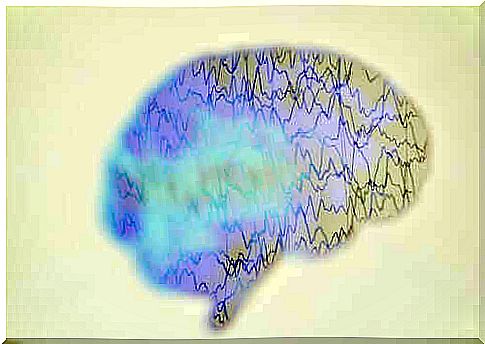
Types of epileptic seizures: Signs and symptoms
First, it is necessary to know that there are two primary types of epileptic seizures: generalized seizures and focal seizures.
Generalized seizures
Abnormal activity takes place in the brain, which often leads to loss of consciousness. There are several reasons for this:
- Absences: This usually occurs in children and adolescents. The person loses consciousness for a few seconds without other clinical manifestations. During that time, they usually do not react and have no contact with their surroundings. They do not faint and do not have contractions in the muscles. They just stop what they are doing and stare into the air.
- Myoclonus: This type of generalized seizure does not cause loss of consciousness. It causes twitching in the muscles of the extremities. It is usually in both hands.
- Tonic seizures: They cause a single sudden contraction. The body becomes stiff like a plate and it also causes loss of consciousness.
- Tonic-clonic seizures: This is what we usually associate with an “epileptic seizure”. First there is the tonic phase, which is followed by myoclonic jerks in the muscles. It is always accompanied by loss of consciousness. The patient often bites the tongue and their sphincter relaxes. It usually lasts between one and two minutes, which is followed by a period of several minutes of confusion.
Focal seizures
In this case , the abnormal activity takes place only in certain groups of neurons. It causes several symptoms depending on the affected area. There may be visual or olfactory hallucinations and jerks in one hand.

This is what you should do
If you are witnessing an epileptic seizure, you should do the following:
- Carefully lay the person down on the floor or in an area where there are no hard or sharp objects nearby. You should support their head on something even and flat.
- Then turn the person to one side to improve breathing.
- Loosen any objects that may be around the neck, as they can be dangerous in the middle of the movements.
- Do not try to hold the person down or prevent the movements – just make sure there is nothing around them that could hurt them.
- Stay with the person until the episode is over.
Most epileptic seizures are not an emergency and they end on their own. This is why it is important to just make sure that the person cannot be injured during the seizure. However, it is often recommended that they inform their doctor about the seizure afterwards.
What not to do
In addition to the things you should do in this situation, it is also important to know what things to avoid so as not to make mistakes that could complicate the patient’s development. First of all , one should not perform cardiac massage.
You should also not hold the person down during an epileptic seizure, insert objects into their mouth or try to grab their tongue. It is best that the seizure takes place while the person is lying on his side so that the tongue can fall out naturally to the side.
Lastly , you should not offer the person food or drink right after the attack, at least not until you have been confirmed that the person is fully conscious.

